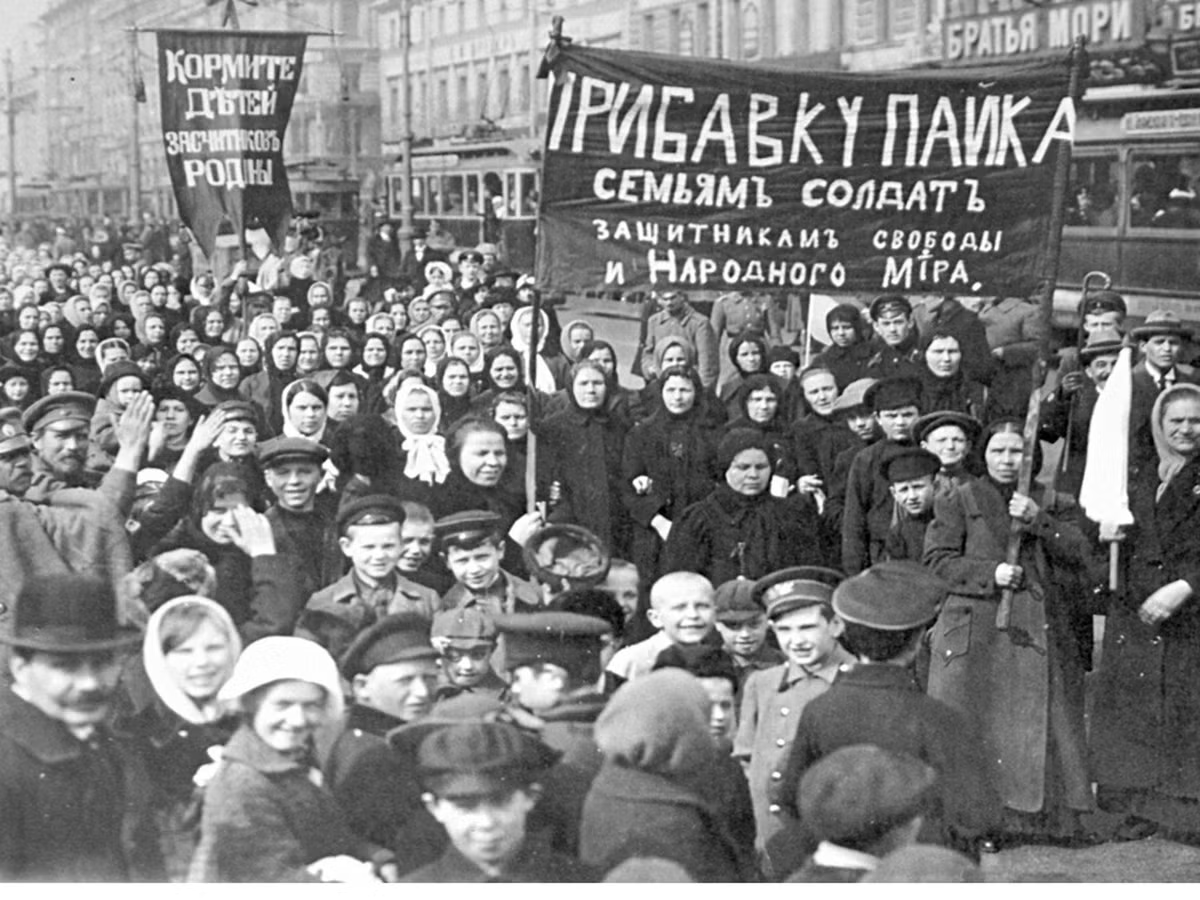 The stands seemed more alive than I have ever experienced inside a hockey arena. The cheering was louder. The music was more boisterous (lots of ear-shattering choruses of Shania Twain’s Man, I Feel Like a Woman.) The applause and foot-stomping seemed more animated.
The stands seemed more alive than I have ever experienced inside a hockey arena. The cheering was louder. The music was more boisterous (lots of ear-shattering choruses of Shania Twain’s Man, I Feel Like a Woman.) The applause and foot-stomping seemed more animated.
The energy in the Coca Cola Coliseum for a Toronto Sceptres game I attended last month felt powerful enough to lift the roof off the place. But amid all the hoopla, there was also video on the jumbotron featuring members of the team answering the question, “Who is a role model you look up to?”
“My grandma,” said Sceptre player Lauren Bernard in the video. “She came from East Germany when she was about 20. … She took me to all my hockey games growing up. She’s been the backbone of my journey.”
The Toronto Sceptres professional women’s hockey league (PWHL) team has begun to challenge men’s pro sports in the GTA, if only because for most home games at the Coca Cola Coliseum on the CNE grounds, tickets are nearly impossible to get.
I know. I tried to buy a pair for my daughter and me way last fall, and it took until February to land them. The PWHL has raised the profile of women in sport. It has illustrated how skilled these women are in the professional setting. And the six international teams of the PWHL have delivered massive gains for encouraging and empowering women than just about anything I can think of.
The coincidental observance of International Women’s Day (IWD), this past week, however, spotlights an uncomfortable contradiction. Women’s activism has seemingly changed the world, but it hasn’t changed the individual lives of its rank and file.

Initially a rallying call, in the early 1900s, for women in Germany, Britain and the United States to support their gender’s fight for “civic rights,” IWD actually drew more than a million women into the streets of major cities in Austria, Denmark, Germany and Switzerland in March 1911. On the anniversary in 1917, IWD demonstrators in St. Petersburg, Russia, demanded an end to the Great War, an end to food shortages and an end to czarism.
“We did not imagine that this ‘Women’s Day’ would inaugurate the (Russian) Revolution,” Leon Trotsky wrote. Russian women changed their country’s rulers and governance; it’s debatable in the 60 years of Soviet communism that followed whether they ever achieved such basics as equal rights or equal pay for work of equal value.
On the 86th anniversary of International Women’s Day, in 1995, I witnessed a remarkable statement of gender equity in Edinburgh, Scotland, when I walked into the streets to buy a newspaper. Founded in 1817, the daily Scotsman proudly proclaimed its “impartiality, firmness and independence.”

In keeping with those strong principles, however, on March 8, 1995, the newspaper had suddenly changed. On the street I encountered female newsies selling the paper, bylines in the paper that were almost all women reporters, and a uniquely altered, front page logo. The Scotsman for that one day had become The Scotswoman and everybody associated with the paper wore T-shirts displaying the same gender-specific logo.
“This is an incredible day,” I remember the newspaper saleswomen saying. So far as I can tell, such an acknowledgment of the women at the newspaper has never happened again. Like so many initiatives for change, it seemed a great one-day observance, but an event of that size was never repeated by The Scotsman.
To come back to the PWHL example, while the interest is there and the fan base grows, women’s salaries, as a measurement of change, still have a long way to go. The average salary of men in the NHL is just short of $3.5 million. For women playing for the Toronto Sceptres, the average wage is $56,500 US – about the same the men receive on minor professional teams.

In spite of the income disparity, pro women hockey players do sense attitudes are changing. There’s a video circulating of Toronto Sceptres star Natalie Spooner being interviewed by Toronto Life magazine. The interview clip I saw focused on her experience raising a son in a world where women can become professional hockey players.
“I have a son who’s almost two,” Spooner said. “Now, whenever he sees a hockey player, he just thinks it’s ‘Mumma.’ He’s going to grow up in a world where there was always professional women’s hockey. … It’s cool that he’s able to watch us and be inspired by so many amazing female athletes.”
Therein lies the necessary sea change – the day Spooner’s two-year-old son and men like him decide to hire, pay, acknowledge and treat women equally.